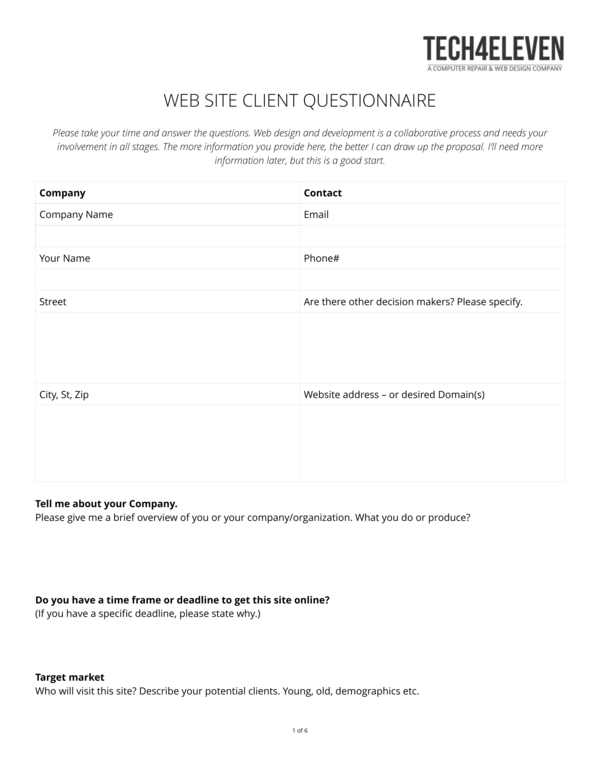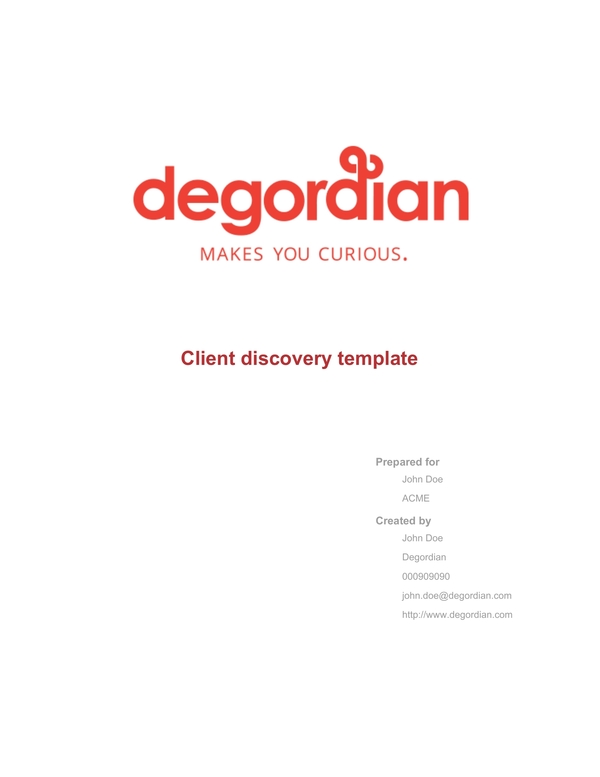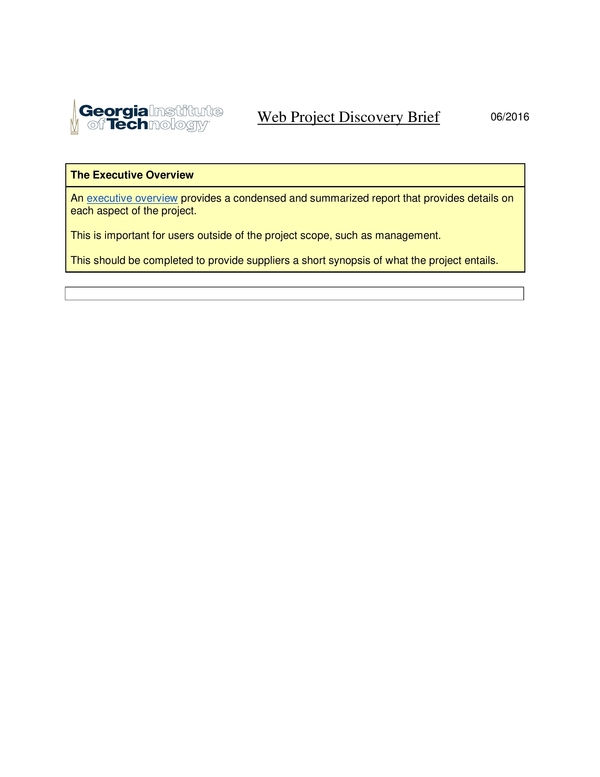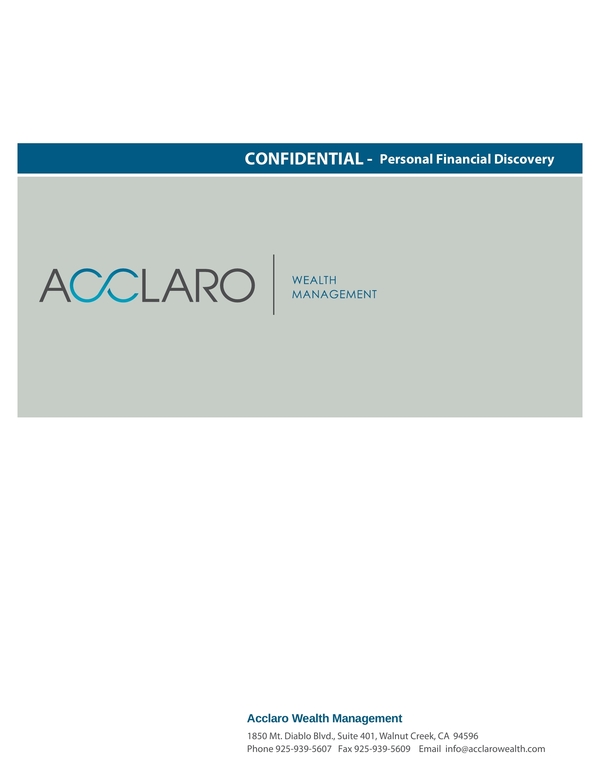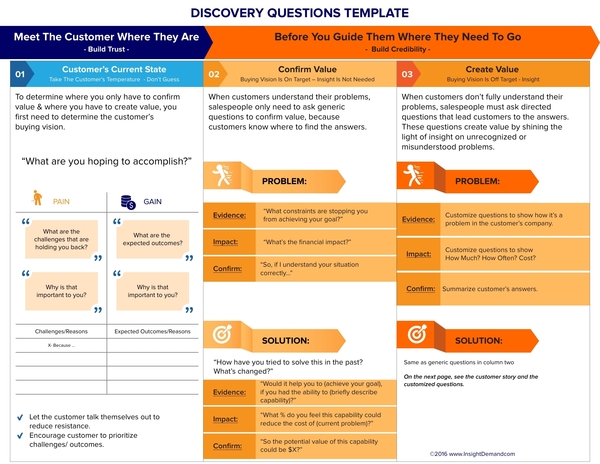Client Discovery
The digital industry is indeed flourishing, and we cannot expect it to go down any time soon. In fact, we are expecting this industry to dominate other economic sectors in the future. According to Statista, in 2019, the transaction value in the digital commerce share is currently at US$3,391,727. They also expected this value to reach US$4,561,691 by 2023. As a result, more business people and entrepreneurs are grabbing opportunities to increase their wealth through digital product development for specific organizations.
However, although the digital industry is indeed thriving, many of these companies failed for some reason. One of these reasons is the poor quality of the finished product. There is a big possibility that this kind of scenario can happen if you fail to meet the client’s expectations. Thus, it is crucial to conduct client discovery as part of your project.
What Is Client Discovery?
A client discovery is an extensive research that a consulting firm should conduct as a first step of a project plan. Through this study, you can get a clear picture of what the client wants to happen. It will also give you a better understanding of the current state of the client’s systems, processes, and available tools. Aside from that, it will allow you to determine the requirements to attain the client’s goals.
Client Discovery for Waterfall and Agile Projects
Another thing that you should know about client discovery is you can merge it with Waterfall and Agile project models. In waterfall projects, you will have to conduct the development at the very start of the plan. Making a client discovery in this model can take up to 12 weeks, depending on the size of the project. Other factors that may affect the time duration of the development are the number of connected systems and the areas that your team needs to check. Conducting a discovery for agile projects, however, can only take up to 2 weeks to gather the necessary information. You can insert the discovery session in advance to shape the purpose of the project and interconnect the systems.
Client Discovery Templates & Examples
Below are the templates and examples that you can use for the client discovery of your project. Aside from that, we also included instructions on how to conduct a client discovery in the next section.
1. Web Design Questionnaire For Client Discovery Template
2. Website Client Discovery Questionnaire Template
3. Client Discovery Template
4. Web Project Discovery
5. Personal Financial Discovery
6. Client Discovery Questionnaire Template
7. Client Discovery Questionnaire
8. New Web Design Client Discovery Questionnaire Sample
How to Conduct a Client Discovery
We know that carrying out a discovery plan for a project that you are going to work on can be hard. For this reason, we wrote a set of instructions below, which will guide you on tackling the discovery process more smoothly until the end part of the discovery phase.
1. Get the Goals of the Client
The first thing that you need to do when conducting a client discovery is to know what the clients really want. Put it in mind that this step can be a little bit tricky. There may be instances that your clients would say that they wish to accomplish one thing because it is what they see at first glance, but they actually need something else.
For instance, your client mentioned that they want more leads for their website. However, you found out that what they want is to get high sales conversion rate. Since these are entirely different problems, you will have to go back to the first step, which may require more time. This situation may not be a good indication if your project is time-bounded. Thus, is it is your job to reveal the real problem of the company by asking the right question. It is also essential to ensure that the goals that you will gather are SMART. Meaning, the objectives must be specific, measurable, attainable, realistic, and time-bounded.
2. Gather the Necessary Information
Once you have the specific corporate goals of your client, the next thing that you should do is to gather the relevant information about your client’s organization or product. For example, if your client wants to increase the leads for their website, you can start by researching the real competition of the client’s business industry. Create a list of companies that offer the same product or services of your client. Then, list the advantages and disadvantages of each of these businesses compared to your client’s business.
3. Set Up Interviews
You can conduct interviews remotely or personally to get the necessary information for your study. However, with remote meetings, you can talk to more people since you don’t have to spend time traveling. You can also use online forms to allow the respondents to answer the questions whenever they want. Through these forms and interviews, you can gather more information from the stakeholders of your client’s business, especially the data that you can only acquire from specific people such as software engineers, etc. You can also gather customers’ insights and opinions through these methods if you can reach product users. Additionally, you can utilize web analytics services available online such as Google Analytics.
4. Work with the Results
This section is the last step in conducting a client discovery. In this step, you will come up with a solution to every problem or opportunity that you have uncovered. You can ask your teammates for advice for the best solution that you can apply to the situation. Additionally, you can also present to the clients how your plan works and its improvement based on the existing system. You can also create a prototype of the method or product.
Commerce has evolved from the trading system of the earliest times to metal coins, which started between 700 and 500 BC. E-commerce, then, began to rise in the 1990s, which is now exceeding brick and mortar retail store sales. People are appreciating digital products, which are giving more opportunities to successful business people and young entrepreneurs to increase their wealth. They have also uncovered methods to improve the system. These people research for specific purposes or hire people to do the job for them with an end goal of making their business earn and thrive. We discussed one of these helpful preliminary researches today. With a client discovery plan, you can determine the explicit goals of your clients and solve them accordingly, which will help your clients save their time. In return, you can also save yours and increase the possibility of winning a contract with the client.




